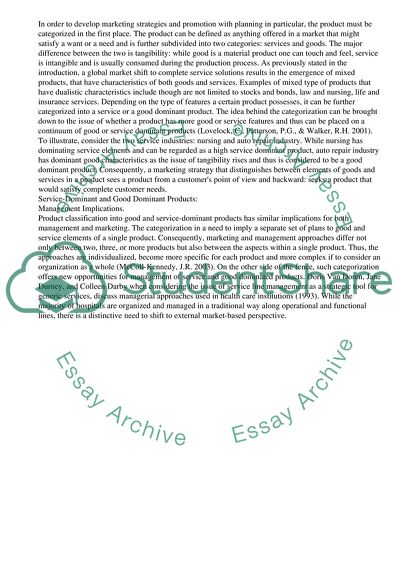Cite this document
(“Services Marketing - Bachelor of Business Essay”, n.d.)
Services Marketing - Bachelor of Business Essay. Retrieved from https://studentshare.org/business/1502449-services-marketing-bachelor-of-business
Services Marketing - Bachelor of Business Essay. Retrieved from https://studentshare.org/business/1502449-services-marketing-bachelor-of-business
(Services Marketing - Bachelor of Business Essay)
Services Marketing - Bachelor of Business Essay. https://studentshare.org/business/1502449-services-marketing-bachelor-of-business.
Services Marketing - Bachelor of Business Essay. https://studentshare.org/business/1502449-services-marketing-bachelor-of-business.
“Services Marketing - Bachelor of Business Essay”, n.d. https://studentshare.org/business/1502449-services-marketing-bachelor-of-business.


